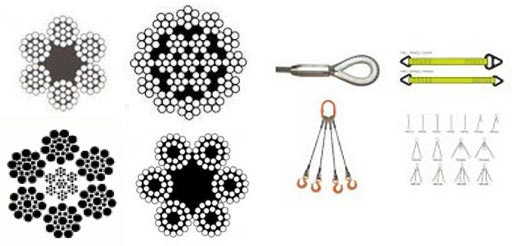Ordering synthetic slings can be complicated because of the options available to buyers. There is an ample amount of options that provide various characteristics that allow for specific applications. Synthetic slings are most commonly made from nylon or polyester webbing because they suit a variety of critical applications. When deciding on web sling material, it is essential for a buyer to consider the sling’s resistance to particular chemicals, stretch, and temperature.
Nylon is the most commonly used sling because of its general purpose as a synthetic web sling. Nylon slings do not negatively react to grease and oil. Nylon also has excellent resistance to chemicals like aldehydes, strong alkalies, and eithers. The stretch of a nylon sling is roughly 8-10%. It is crucial to know that nylon does not stand up to environments that have bleaching agents or acids. They also do not operate well in temperatures that exceed 194°F.
Nylon Slings
Polyester web slings are used mostly in conditions where nylon is not practical. Polyester has minimum stretch (rated at 3%) and can be used in environments that contain acids. Polyester slings will not be affected by bleaching agents or common acids, unlike nylon slings. At times, users should avoid using polyester, because it is unstable when concentrated alkaline and sulfuric acids are present. Polyester, like nylon web slings, is not ideal in higher temperatures than 194°F.
For more information about both types of sling webbing, including basic sling types, you should reach out to our talented staff.
Related Reading: